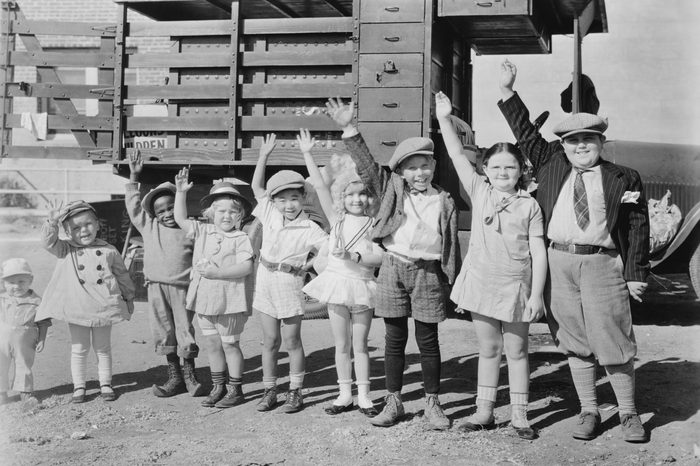
An evolution of manners
You don’t need us to tell you that things have changed a lot over the past ten years. From technology to fashion, things are evolving—and that includes our manners. That’s a good thing, says Lisa Grotts, etiquette expert, founder of Golden Rules Gal, and author of A Traveler’s Passport to Etiquette. “As society changes, our manners have to change as we adapt to the world around us,” she explains. “We’ve become much more fast-paced and expect things to be quick and convenient which means that etiquette is moving from being more formal to less formal.”
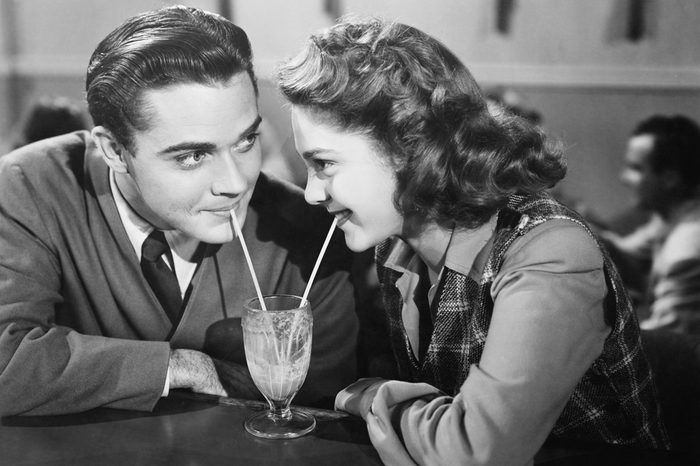
Old rule: Assuming a coworker’s partner is a certain gender
Even just ten years ago, most people would assume their female coworker’s spouse was a man or a male friend’s partner was a woman. But now, not only should you not assume marital status—many people don’t like wearing rings or choose not to get married, even though they’re in a long-term relationship—but you shouldn’t assume gender either, says Maryanne Parker, an international business, social, and youth etiquette expert and founder of Manor of Manners.
New rule: Use gender-neutral pronouns until you know what they prefer. In fact, not using “he” or “she” in your writing is one of the 12 grammar rules that has changed in the past decade.
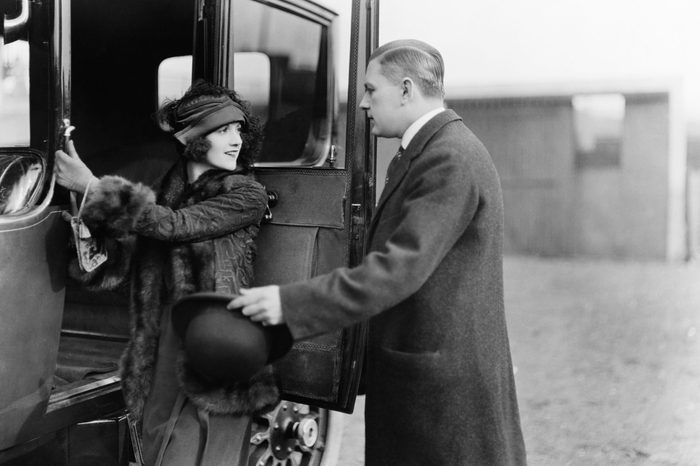
Old rule: Ladies first
No, chivalry is not dead—it’s that the definition of what exactly shows respect to women is changing, Smith says. Things like opening doors and pulling out chairs for women aren’t rude but they’re not seen as necessary anymore, she says.
New rule: If you’re going to do basic niceties, it’s kind to do these gestures for men and women. But one place you should definitely avoid giving women deferential treatment, however, is at the office. “Nowadays we are gender-neutral in the workplace,” she says. Conversations don’t have to be stilted though, just use one of these 37 conversation starters that make you instantly more interesting.
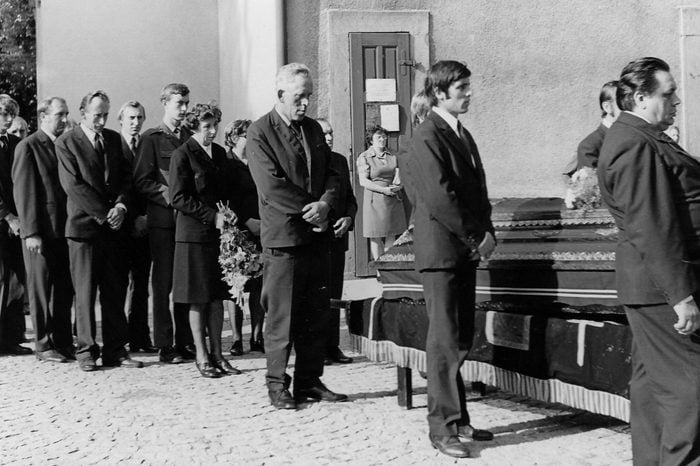
Old rule: You must wear black to a funeral
Most funerals are considered very somber affairs so the dress code was usually to wear something in keeping with that mood, usually black, conservative, and not revealing. Today many people do not consider such dress code necessary any longer, due to time constraints, lack of formal clothing, or simply because they prefer to see a funeral of a person’s life rather than a sad event, Parker says.
New rule: It’s not wrong to wear black but feel free to wear anything that is nice and appropriate for the person you are honoring. This is one of the 12 funeral etiquette tips everyone should know.
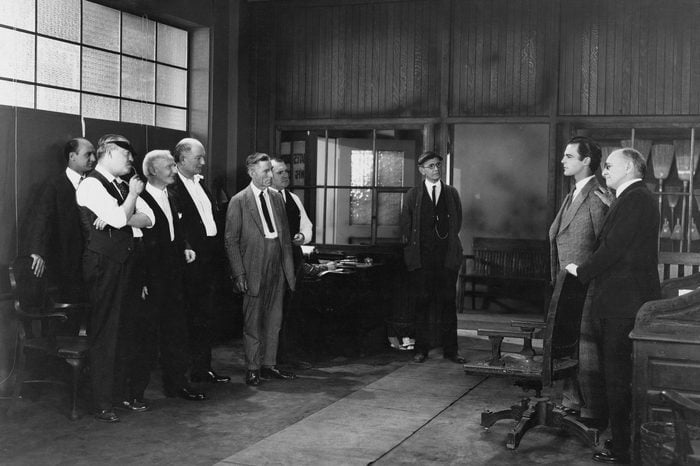
Old rule: Waiting for a formal introduction
This was a tactic commonly used in situations like business or membership to elite clubs. It was a way to restrict members and discriminate based on race or gender, a practice that, thankfully, is no longer acceptable today, says Jodi R. R. Smith, president of Mannersmith Etiquette Consulting. Plus, thinking you always need to wait for someone else to introduce you is one of the 15 signs you are actually too polite.
New rule: “Self-introductions are now perfectly polite,” she says.
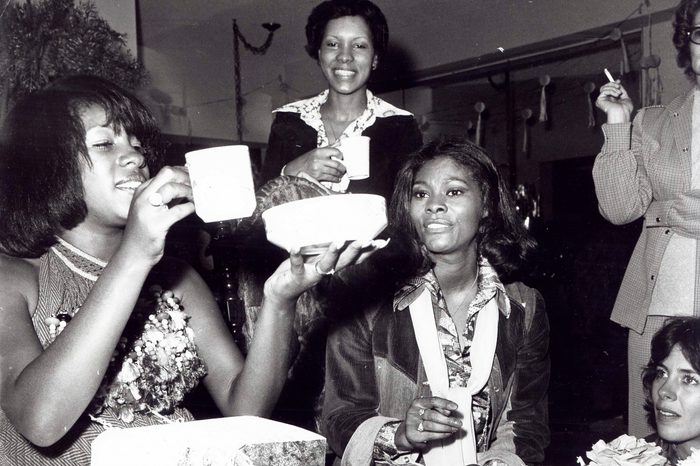
Old rule: Baby showers are strictly for women
“Even just ten years ago, baby showers were strictly considered a lady’s celebration, for women to share experiences, games, and memories together,” Parker says. But this is no longer a requirement! More and more often men are attending baby showers and they should, as they are taking more of an active parenting role than dads have in the past, she explains. Feeling confused? Here’s a complete guide to present-day baby shower etiquette.
New rule: Invite anyone who is going to be a part of the baby’s life to the shower, regardless of gender. Want to be the perfect house guest? Here are some tips to use when you’re a guest in someone’s home.
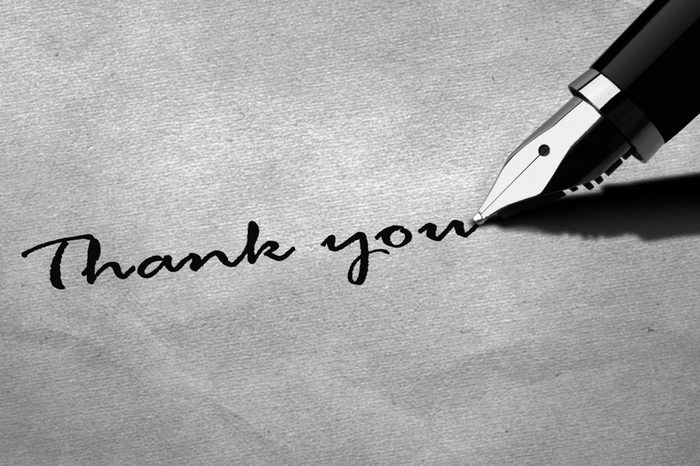
Old rule: A thank-you note must be handwritten
Handwritten thank-you notes are still a lovely gesture and people often treasure and keep them. But taking the time to find a card, write it out, and post it can be tricky and the act of saying thank you is far more important than how you do it, Smith says.
New rule: For a quick thank-you, an email or text message are perfectly fine. However, if you’re acknowledging something big, a handwritten note is worth the extra steps. “Thank you notes are a social grace that never goes out of style,” she adds. Writing a quick thank you is easier to do than you think.
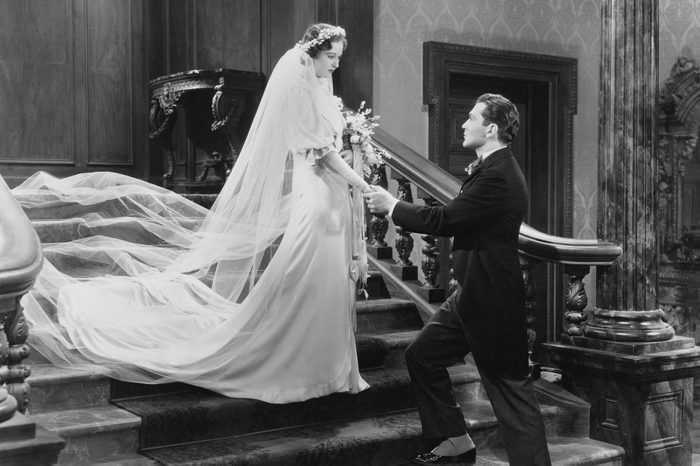
Old rule: The bride’s family pays for the wedding
Speaking of wedding traditions that the Great Recession demolished, it’s no longer expected that a bride’s family will pay for the wedding, Parker says. “Most new couples prefer to put an effort and save from their own money and enjoy the wedding the way they want to,” she explains.
New rule: The couple is in charge of financing their nuptials although they are welcome to ask either family for financial help. Of course, as a guess, you’re still required to RSVP and follow these other wedding etiquette rules.
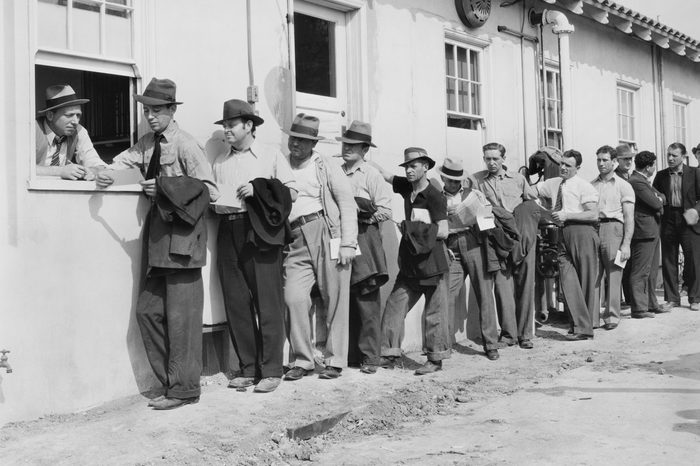
Old rule: Business casual means slacks and a pressed shirt
“Today’s young adults prefer to be dressed casually everywhere, including at work,” Grotts says. “So many companies are embracing a dressed-down culture.”
New rule: Standards vary between industries and companies but compared to a decade ago, things are significantly more casual—think jeans and a plaid shirt or linen pants and a nice T-shirt. “However, this is still such a thing as too casual so steer clear of things like ripped jeans or sports jerseys,” she explains. Here are some business etiquette rules that will help you get ahead in your career.
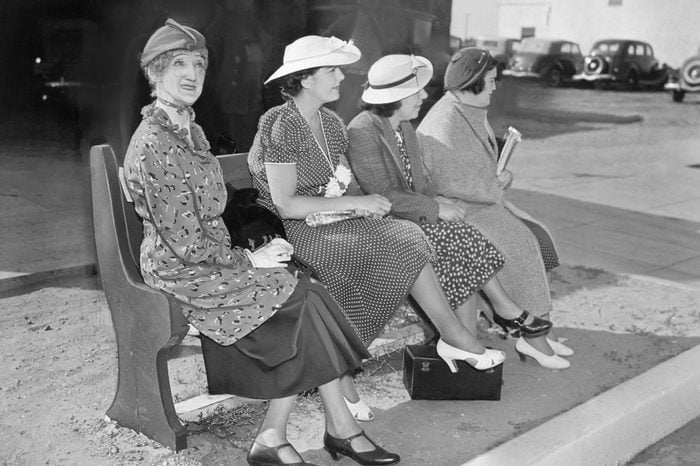
Old rule: Hands in your lap, ladies
Women used to be expected to keep their hands in their laps or under the table during a meal, Parker says. “Before this was seen as an elegant but rather submissive gesture, which is no longer applicable because most of the time we attend business meetings and women of today are equal partners in any conversation,” she says.
New rule: Everyone’s hands should be on top of the table (not the elbows, only the hands), she says. While you’re at it, make sure you’re avoiding these 20 rude restaurant habits.
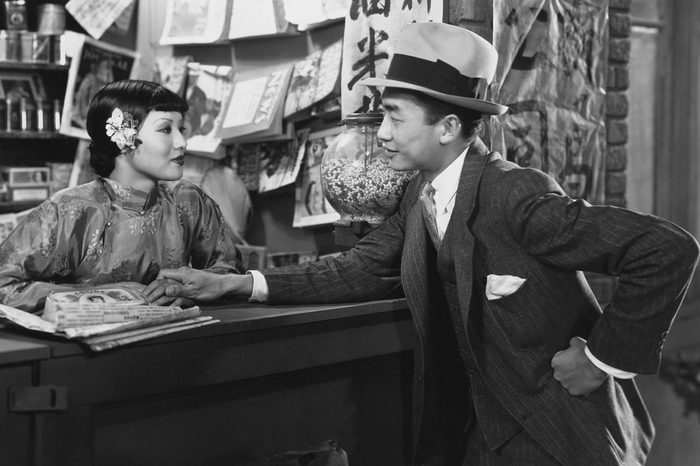
Old rule: Elopements weren’t seen as “real” weddings
Back in the day, eloping to get married was often seen as shameful, fringe, or the result of too much alcohol. But then the Great Recession happened and it changed a lot of people’s feelings about extravagant parties of any sort, Parker says.
New rule: Today, elopement is seen as a perfectly reasonable alternative to a traditional wedding and is often encouraged, she says, adding that most often the reasons now are financial.
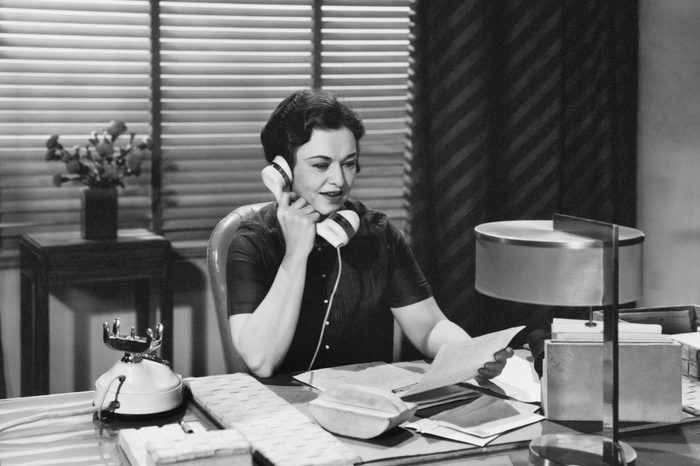
Old rule: Return a phone call with a phone call
A decade ago, it would be considered rude not to promptly return a phone call but nowadays it’s very common for people to text rather than call back, Grotts says.
New rule: While this isn’t ideal—you lose a lot of context and risk a serious misunderstanding without voice—text replies are no longer seen as a faux pas, she says. That said, if it’s an important call then the best policy is always to call them back, she adds. Thinking of sending a text? Here are 13 texting etiquette rules you should be following by now.
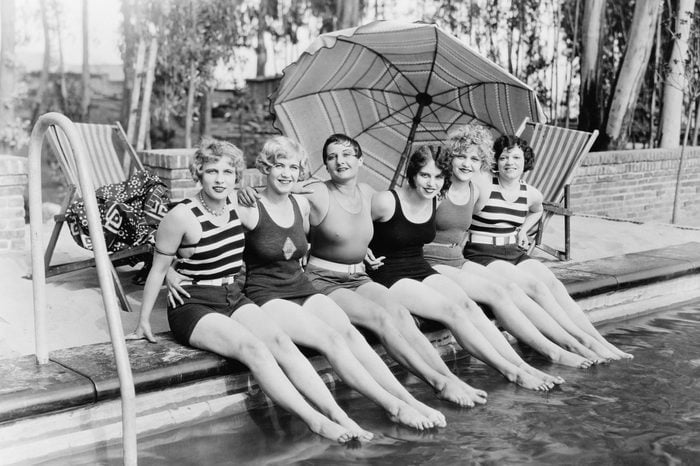
Old rule: If it’s not on social media, it didn’t happen
A decade ago, smartphones and social media were still relatively novel to a lot of people and there weren’t a lot of etiquette rules, says Tara Darby Rasheta, director of JDW Cotillions Talks Etiquette and Manners. Taking a picture of your meal or tagging yourself and your friends immediately at an event was seen as expected or even cute.
New rule: “We should never use a phone at the table for talking, texting, updating social media, or general web surfing,” she says. And always ask permission first before posting about or tagging a friend. Are you guilty of any of these social media etiquette rules that people break all the time?
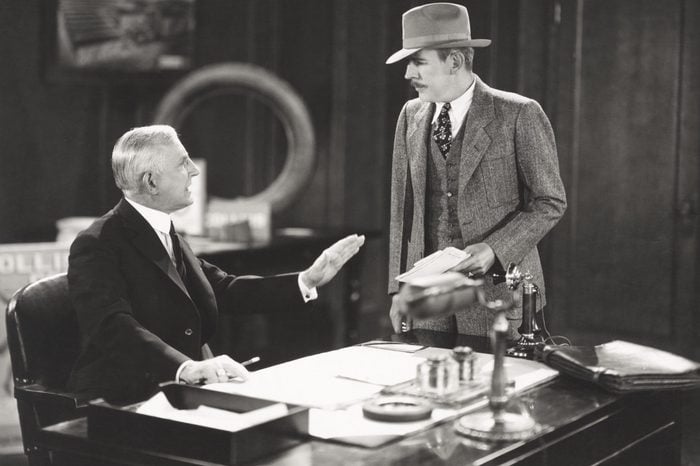
Old rule: You must always use a prefix when addressing a superior
Even though America has traditionally been less formal with titles than many other places, it was still considered good manners to address people, particularly those in a higher position, as Mr./Ms. or Sir/Ma’am.
New rule: “General codes of conduct do not require such formality in most situations anymore,” Rasheta says. “Still, I think it is a nice, verbal way to show kindness, courtesy, and respect to others.” However, if someone asks you to address them by their first name, then honor their request. Similarly, not all phrases have stood the test of time, like these 16 pleasantries people no longer say (and with good reason).
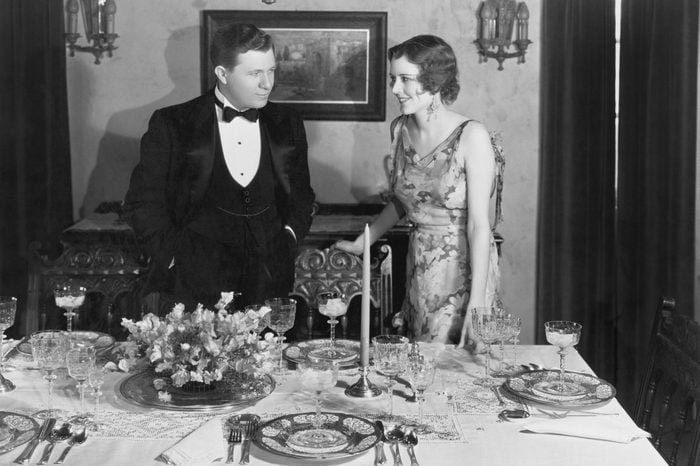
Old rule: A man would stand when a woman was seated with his group
Traditionally all the men in a party would stand when a woman entered the room or was seated; it was seen as a sign of respect and chivalry. But there’s been a huge cultural shift in the past decade about how we treat the sexes, especially work, Rasheta says.
New rule: It’s fine to keep your seat and acknowledge a woman the same way you would a man. “Though this is generally seen as a gesture of respect, many women today prefer to be viewed as peers and equals first, rather than simply female,” she explains.
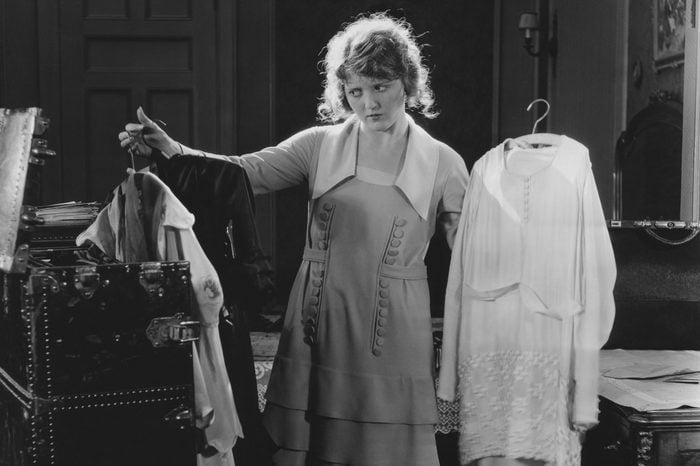
Old rule: Putting away your florals and bright plaids after summer
The old “no white after Labor Day” rule has been retired now for several decades but many fashion experts were still advising people to switch to darker colors or more subdued patterns for winter, Parker says. For instance, women were told not to wear brightly colored florals and men were to avoid madras plaids.
New rule: As long as your clothing is appropriate for the weather, wear whatever colors and patterns you like, she says. “Depending on your climate, the fabric is the one thing that should be changed, not the color,” she adds. Next, read on for 50 little etiquette rules everyone should practice.
Arrayskyword_tracking_tag[/
